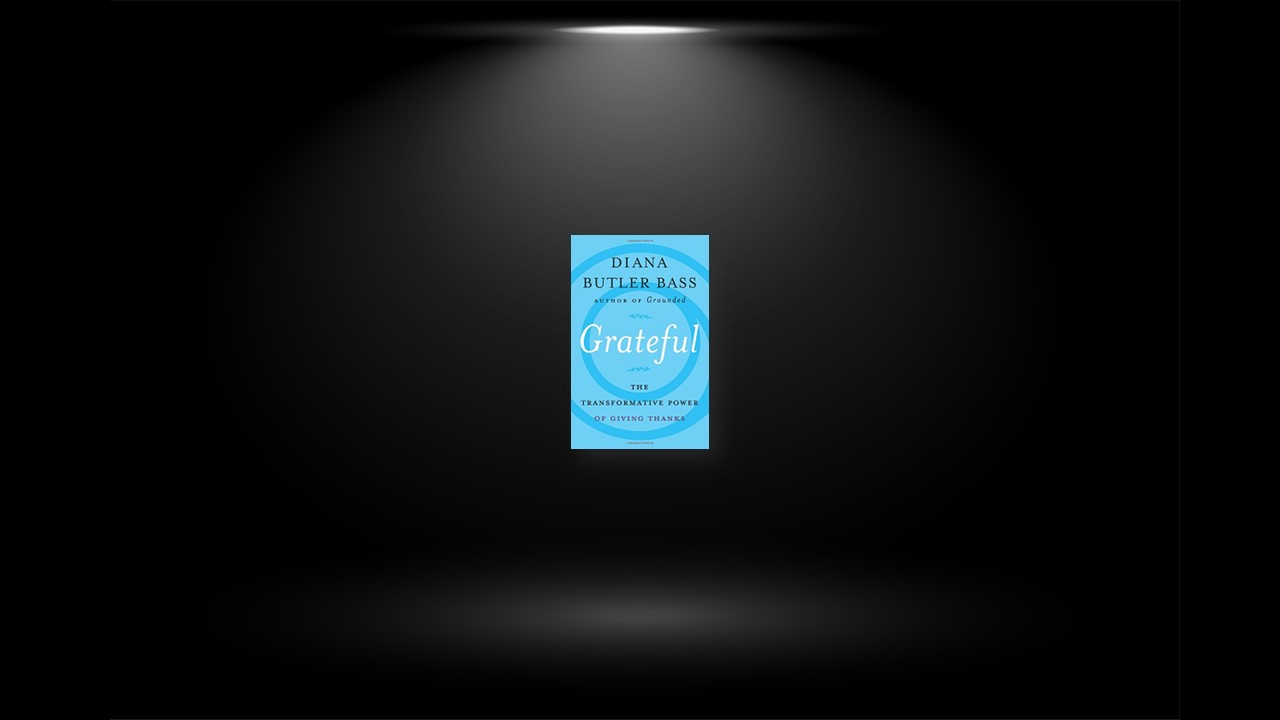Feeling Grateful
At its simplest level, gratitude involves feelings. We feel thankful. It is a natural response to certain circumstances. Some event transpires, and we feel grateful for a particular resolution—a good medical test for ourselves or a loved one, missing a collision with an oncoming car, the safe birth of a baby, a new job or financial provision, a child’s graduation from high school or admission to a good college, and any number of life’s surprises or events. As a feeling, however, gratitude is more complex than, say, happiness or sadness. Gratitude involves a set of emotional responses that merge with certain circumstances to cause us to feel what we experience as gratefulness.
First, the situation matters. Whether an event engenders positive or negative emotions depends on the situation. Changing jobs can sometimes cause stress instead of elation and anticipation, completing a project might bring sadness rather than joy, a mountain might be an obstacle to climb rather than an inspiring vista, and writing a paper might just be an onerous class assignment instead of a welcome challenge.
Second, the emotions that weave into gratitude range widely, from relief, appreciation, and release to surprise, wonder or awe, and gladness and joy. Third, it is typically an unplanned response. We do not calculate it. Feeling thankful naturally arises from our experiences as we go through life. Together, these three elements reveal that gratitude involves recognizing a circumstance, event, or situation is a gift of some sort—something that we benefit from, that surprises us, and that we could not plan—and we have a strong emotional response to it. Ultimately, gifts elicit gratitude. We like gifts. We respond to gifts.
Habits of Gratitude
Gratitude is not only the emotional response to random experiences, but even in the darkest times of life, gratitude waits to be seen, recognized, and acted upon more thoughtfully and with a sense of purpose. Gratitude is a feeling, but it is also more than that. And it is much more than a spiritual technique to achieve peace of mind or prosperity. Gratitude is a habit of awareness that reshapes our self-understanding and the moral choices we make in the world. In short, gratitude is an ethic, a coherent set of principles and practices related to grace, gifts, and giving that can guide our lives.
Not every technique we learn will turn into a practice, but some will. So it is with gratitude. Most of us did not completely fail at learning the basic techniques of gratitude. Even if we struggled with writing thank-you notes to our grandparents, many of us learned common courtesies, like saying thank you to someone who holds a door or serves us in a restaurant or bringing a small gift of appreciation to a dinner party, as well as ways of celebrating Thanksgiving Day or donating a thank offering in a religious community. Such small acts make life more pleasant and connect us to others as we recognize daily considerations or gifts. We know enough of gratitude to function.
But the techniques of thankfulness also hint at something else: that gratitude might be more than a set of skills, something we do on occasion. It can become a good habit. If we practice gratefulness, it becomes a natural and normal way of engaging the world. With gratitude, our hearts open toward one another. It can make us different and help us prosper. The habit can shape who we are.
Grateful Together
Gratitude is social. It is about presence, participation, and partnership. It is about being with one another, in life together. It is the thread of nature and neighbor, the seemingly fragile strands of gifts and goodness that weave our lives together.
Reaching beyond ourselves comes naturally when we are grateful. “Gratitude can trigger the need for physical contact,” writes one research team. They continue: “The opposite also seems to be true: Being hugged can trigger feelings of gratitude.” In their work, they demonstrated that “friendly” and “noncompetitive” touch fostered warmth and relationship and thereby increased experiences of gratitude. Although people who did not touch felt grateful after a favor was done, people who were touched felt grateful both before and after a gift was introduced in the relationship. Touch alone raised feelings of gratitude.
A touch when combined with a gift elevated feelings of gratitude even more. Hugs and touching are a result of gratitude, and increased gratitude is a result of hugs and touching. “We discovered,” concluded the study authors, “that a friendly touch can promote gratitude and communal relations concurrently.” Without touch we can still feel grateful, but those feelings are more circumscribed than when accompanied by physical expressions of care in the friendship and community of others.
Circles of Gratitude
We might be grateful persons, with thankful hearts, and be fanatical about gratitude journals and intentions, but as soon as we walk out our front door or turn on the news, we are confronted with a world of payback, quid pro quo, corruption, and ungrateful neighbors. Thus, even for those of us who live more gratefully, our personal practices and habits are at odds with the world in which we live. We are like fish swimming in a polluted river. The chances are not very good that one healthy fish can survive in a poisoned stream. We get used to toxicity. We cannot sustain even our own health.
For the good of all, we must resist the status quo, we must clean up the water. Here is where gratitude and resistance combine. Gratitude resists unhealthy environments and empowers the possibility of change. If gratitude is built upon a myth of scarcity and imperial hierarchies, it has been corrupted. If gratitude is privatized and collaborates with injustice, it is not really gratitude. Thus the better the surrounding environment, the more grateful people become, aware of gifts and abundance, open to hope, creativity, and joy. Gratitude begins with a profound awareness of abundance and builds communities of well-being and generosity. Gratitude opens toward grace.
We do need to go back—way back. To the wisdom of the Golden Rule. “Do to others” lays out a vision of benevolent responsiveness, a kind of reciprocity between people that levels the field of relationships and benefits and provides a moral template for gratitude in public life. First of all, the rule has no hierarchical structure. No one is on top, no person is identified as wealthier or smarter, and there is no particular class of benefactors. There are only “others” and you. This is an equal-footing rule! Second, the Golden Rule reminds us that all human beings share in suffering and want. Sooner or later, everyone will be on the receiving end because of need. You may be the benefactor now, but at some point you will need the help and goodwill of others. You will be a beneficiary. The truth of the matter is you are both benefactor and beneficiary all the time. The Golden Rule equalizes and humanizes. It is a rule, as in regula, “a rhythm or pattern” of life, for our common existence.


